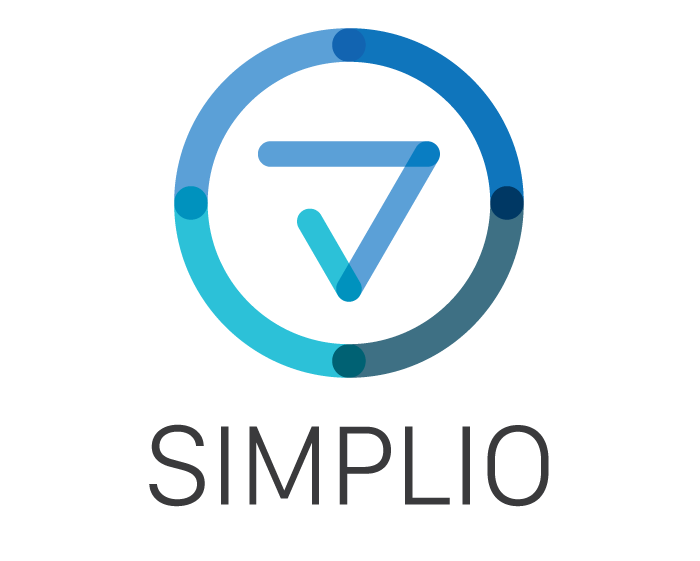Battery-Free Sensors, Machine Learning On Tiny Devices And More
They aren’t just things of the future: New technologies are making it possible to run all sorts of applications and machine learning algorithms on tiny, low-power devices. They’re also enabling new kinds of IoT sensors that don’t require batteries and can figure out precise body location.
These are some examples of emerging IoT technologies that are changing the nature of connected devices, how they run IoT applications and how they communicate with each other. Such innovations are being made possible by new advances in both hardware and software.
What follows are five emerging IoT technologies you need to know in 2021, from sensors with new power-generating capabilities to fresh methods for running software on tiny devices.
Battery-Free Sensors
If sensors could generate their own power, imagine the implications: no need to worry about battery replacements, which is a big deal when sensor deployments get into the hundreds, if not thousands or tens of thousands across multiple sites. A Santa Clara, Calif.-based startup called Everactive is working on such an innovation with its Eversensor, which contains a variety of sensor types and generates power form a mix of sources, including indoor solar, vibration and thermal. The company said its Eversensors can last for 20 years without ever needing routine maintenance.
Containers For MCU Devices
Container technology is becoming increasingly important for running applications in IoT devices, but one area that hasn’t received as much attention is containers for microcontroller units, or MCUs — tiny, low-power chips that enable tens of millions of IoT devices, from connected washer machines to heat sensors in oil refineries. One vendor called Nubix has developed a solution for deploying application containers to MCU devices that have real-time operating systems. The company says such solutions will make development and management of IoT devices more agile and scalable.
Mesh Sensors
The wearables of the future will be able to do a lot more than just measure heart rate, exertion and sleep quality — they’ll be able to track the exact movement of the body. This is where mesh sensors come in. The technology consists of a wireless network of sensors, and the sensors, which can be integrated with garments, gather an almost untold amount of data points. Those data points, in turn, can be used by an app to determine the body’s position in 3D space. This is the exact approach of one mesh sensor vendor, Cipher Skin, whose BioSleeve monitors can be used for everything from rehabilitation programs to super-demanding workout regimens.
Network Slicing For IoT Applications
With 5G networks coming online across the world, companies are looking at network slicing as a way to segment connections for IoT devices with different requirements for latency, reliability and bandwidth, among other things. As a form of network virtualization, network slicing can be used to ensure, for instance, that mission-critical IoT deployments have a low-latency, high-bandwidth connection, according to Ericsson, one telecom vendor that has made the technology available for 5G networks using its equipment. This can enable organizations to create new business models among different “slices” of their 5G networks while also improving the efficiency of infrastructure, the company said.
TinyML
Does all machine learning have to happen in the cloud, or even in nearby edge gateways? What if such a workload could run on the tiny chips that make so many IoT devices possible in the first place? This is the idea behind TinyML, a growing field of hardware and software technologies that are making it possible to run machine learning algorithms on small, low-power devices like microcontrollers. TinyML can enable sensors with predictive maintenance capabilities for manufacturing equipment and super-accurate location tracking for goods on the move, industry publication Stacey on IoT reported. It can also enable health care devices to better protect patient data by keeping the data analysis on device.
https://www.crn.com/news/internet-of-things/5-emerging-iot-technologies-you-need-to-know-in-2021


